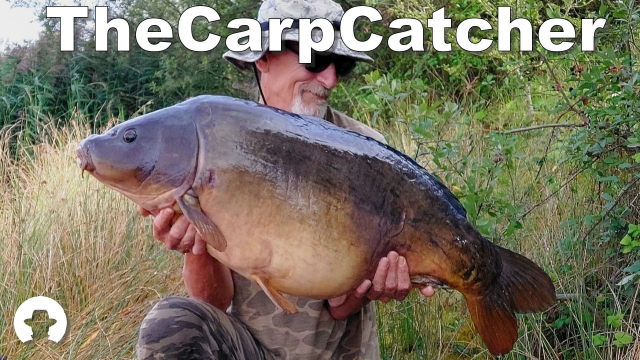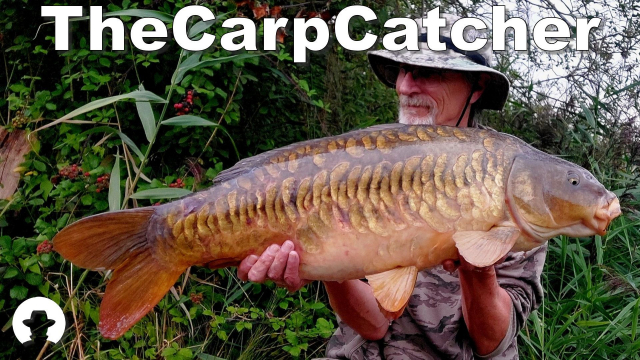As ever the comments that you leave on my films and Facebook posts can really get me thinking. A lot of the time it's in response to the requirement for further explanation, for more knowledge and this time is no exception.
Bait, the thing you attach to the end of your rig, pay loads of money for and end up throwing in the lake, often with nothing to show for it at the end of the day.
Nowadays there is an absolute plethora of bait that you can buy and every one of them is claiming to be the ultimate and to put fish in the back of your net, all you've got to do is attach it to your rig and throw it in the lake...
However, as we all know it very often doesn't work out like that!
Nowadays there is an absolute plethora of bait that you can buy and every one of them is claiming to be the ultimate and to put fish in the back of your net, all you've got to do is attach it to your rig and throw it in the lake...
However, as we all know it very often doesn't work out like that!
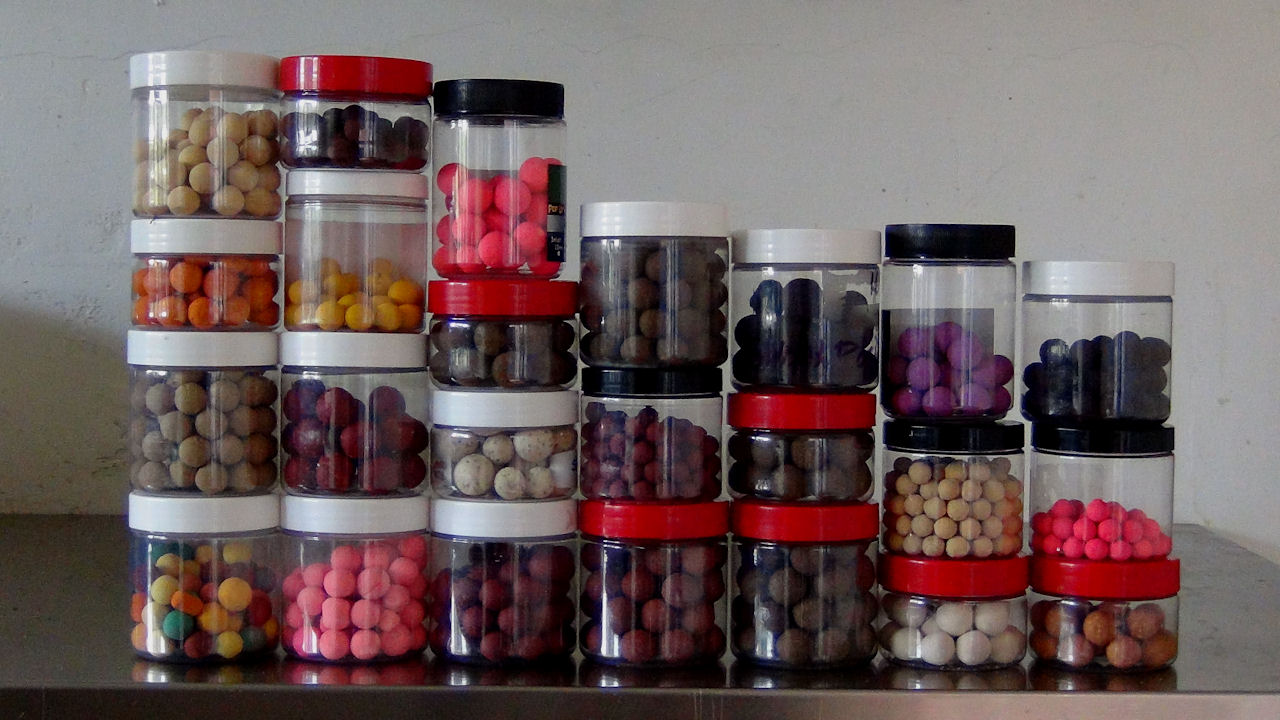
Carp are simple but curious creatures and they have an amazing array of senses at their disposal to locate and consume food.
They are omnivores which basically means they'll eat anything or at least try it a few times.
Carp don't have a stomach, just a long intestinal tract where food is passed in from the mouth, crushed and ground down by the pharyngeal teeth in the throat and then passed back via the oesophagus into the intestine and out at the other end.
Since the carp is a cold blooded creature this entire process is subject to water temperature, so in cooler temperatures it will slow down and even completely cease for a while. At these times the carp lay dormant on the bottom.
In the warmer months however their digestive system is in full swing and they will consume large amounts in a 24 hour period.
They are omnivores which basically means they'll eat anything or at least try it a few times.
Carp don't have a stomach, just a long intestinal tract where food is passed in from the mouth, crushed and ground down by the pharyngeal teeth in the throat and then passed back via the oesophagus into the intestine and out at the other end.
Since the carp is a cold blooded creature this entire process is subject to water temperature, so in cooler temperatures it will slow down and even completely cease for a while. At these times the carp lay dormant on the bottom.
In the warmer months however their digestive system is in full swing and they will consume large amounts in a 24 hour period.
So what do we have to think about when we are constructing a recipe?
You can of course experiment with pretty much anything and I think it's always a good idea to do that. But here are a few thoughts and guidelines.
It's important to remember that you're often going to need to make large quantities, so you need reliable and easy to make recipes. The things you need to bear in mind are cost, ease of use and availability of ingredients, these all play their part in a successful bait. Being able to adapt the bait too and make changes, improvements, without sacrificing ease of use and manufacturing is also important.
You can of course experiment with pretty much anything and I think it's always a good idea to do that. But here are a few thoughts and guidelines.
It's important to remember that you're often going to need to make large quantities, so you need reliable and easy to make recipes. The things you need to bear in mind are cost, ease of use and availability of ingredients, these all play their part in a successful bait. Being able to adapt the bait too and make changes, improvements, without sacrificing ease of use and manufacturing is also important.
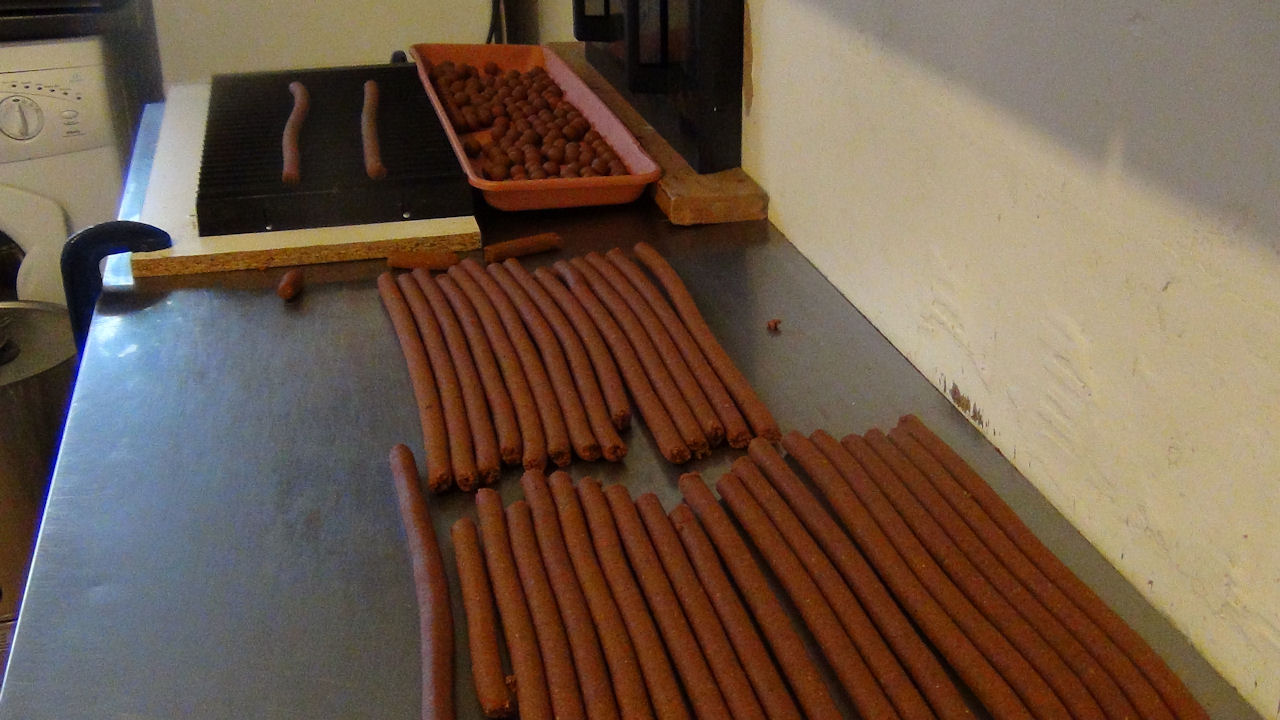
As I've pointed out, in the winter and early spring the carp's metabolism has slowed down, they're not looking for protein, a meal, they're looking for a snack and I've often found I get good results by just using bread. This is completely born out when I speak to match anglers who fish for carp in the winter. They don't get a single bite on the usual successful baits like pellets or the meat, but put a bit of bread out and boom.
So you see simplicity can score well and in fact if you want one rule it would be K.I.S.S (Keep it simple stupid).
So you see simplicity can score well and in fact if you want one rule it would be K.I.S.S (Keep it simple stupid).
Less is very often more, the more complex your bait the harder it will be to find out what's working and what's not and to be quite honest you do not need complex baits to deliver the requirements for an excellent carp catching bait.
So the aim of making your own bait is to have the right levels of protein (low in winter, higher in summer), carbohydrates and vitamins etc and be able to give the food signal that's required at that time of year too. There's a lot to be said for doing something different but there are also basic rules you need to adhere to, which I've mentioned above.
So the aim of making your own bait is to have the right levels of protein (low in winter, higher in summer), carbohydrates and vitamins etc and be able to give the food signal that's required at that time of year too. There's a lot to be said for doing something different but there are also basic rules you need to adhere to, which I've mentioned above.
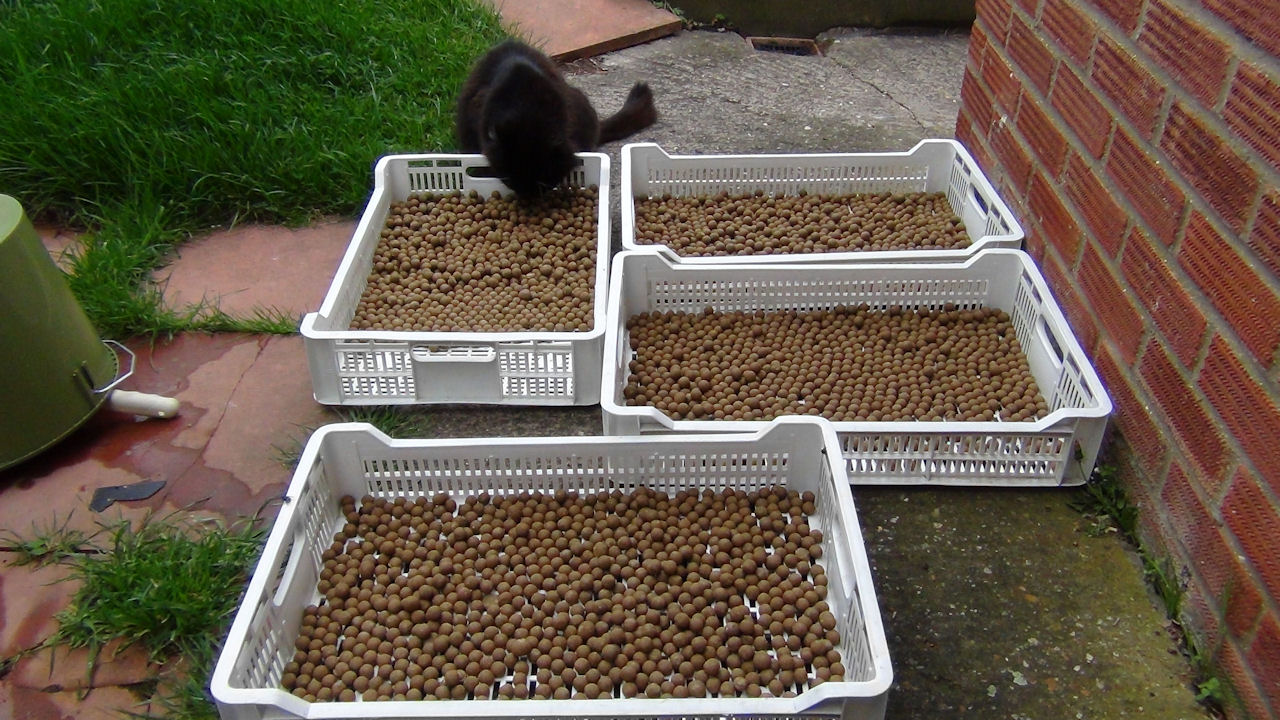
In my film Bait making - Recipes (https://thecarpcatcher.co.uk/thecarpcatchers_blog.php?post=533) the 50/50 mix was basically to show you how you could make a boilie really simply and by progressively adding other ingredients you could make it even better. However the 50/50 mix has been around for a very long time, as a useful winter bait (low in protein) and what we used to term ‘instant’ baits.
Instant baits were short term baits that relied on changing the colour and the flavour used in the bait to continue getting bites. This was a simple extension of all the particle fishing we used to do before we discovered boilies. A good example of a particle we used for this is Chickpeas, they are easy to prepare, you can colour and flavour them at will and carp love them!
Instant baits were short term baits that relied on changing the colour and the flavour used in the bait to continue getting bites. This was a simple extension of all the particle fishing we used to do before we discovered boilies. A good example of a particle we used for this is Chickpeas, they are easy to prepare, you can colour and flavour them at will and carp love them!

So the 50/50 was easy to mix and cost little to produce and was very adaptable, a key facet of these baits. Most of the boilies we were all making back in the early 1980’s were based on this very simple recipe. It was very effective too and caught huge numbers of carp.
Obviously the above rules came into use and so we started improving the protein levels as well as adding other ingredients that not only would give off their own food signal but would also make them much easier to produce. This evolution is also reflected in the film Bait making - Recipes where we start out with something that is easy to mix and use but go on to make it even better.
Obviously the above rules came into use and so we started improving the protein levels as well as adding other ingredients that not only would give off their own food signal but would also make them much easier to produce. This evolution is also reflected in the film Bait making - Recipes where we start out with something that is easy to mix and use but go on to make it even better.
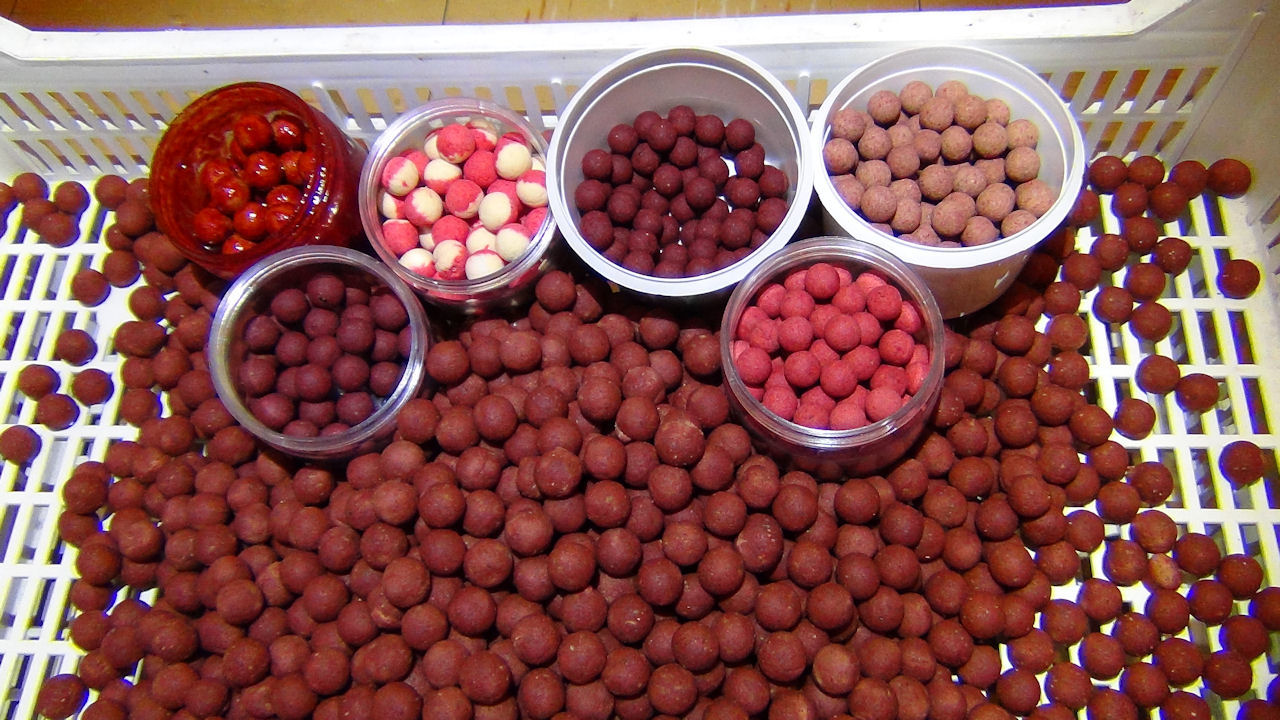
I’ll be honest I find that there is an awful lot of hyperbole involved in discussions about bait and whilst some ingredients do definitely improve a bait there really is no magical ingredient. Personal ego and commercial interests can often cloud the discussion too but if you stick to keeping it simple with your bait making you will catch plenty of fish and there is good reason to believe you might just do even better.
Have fun!
Have fun!

